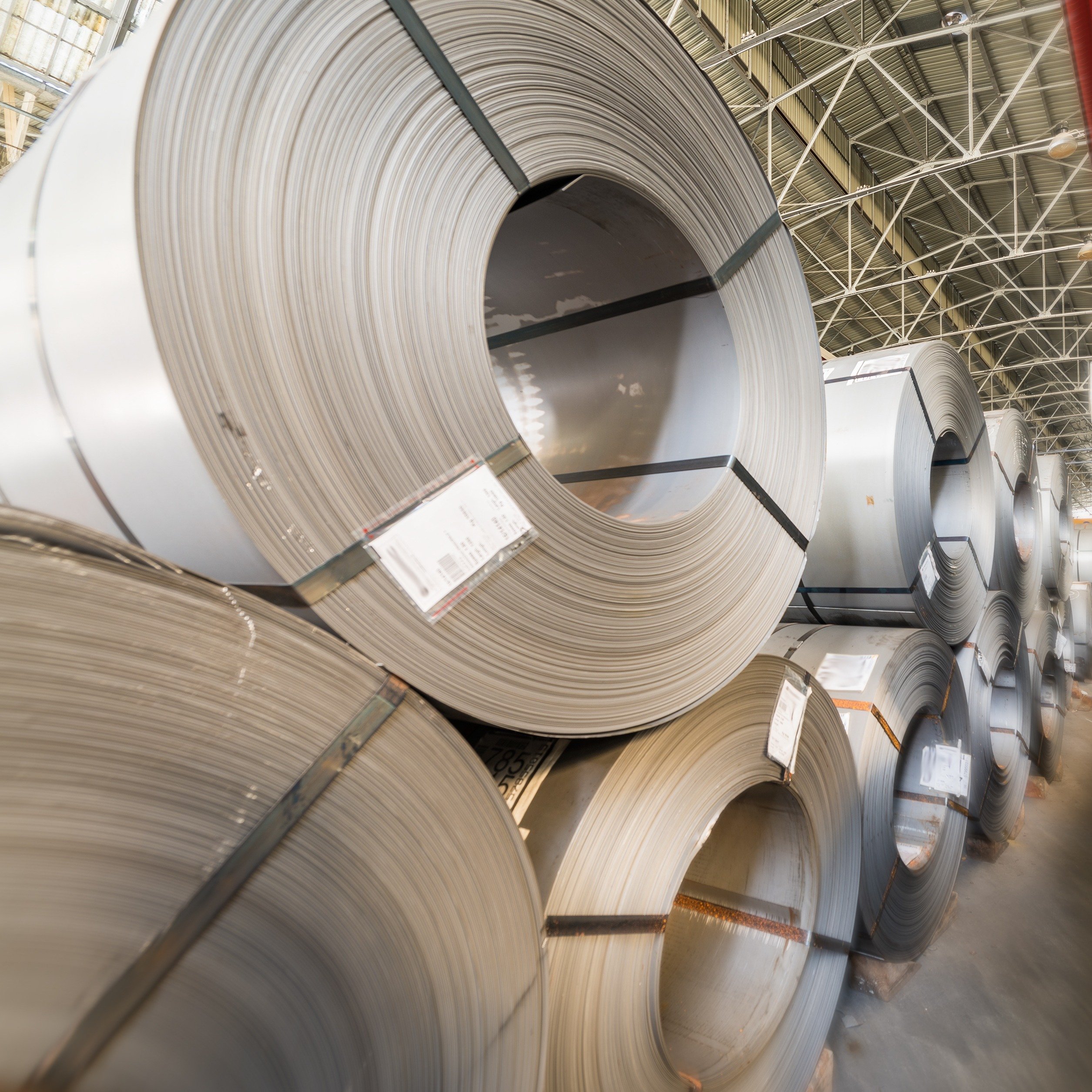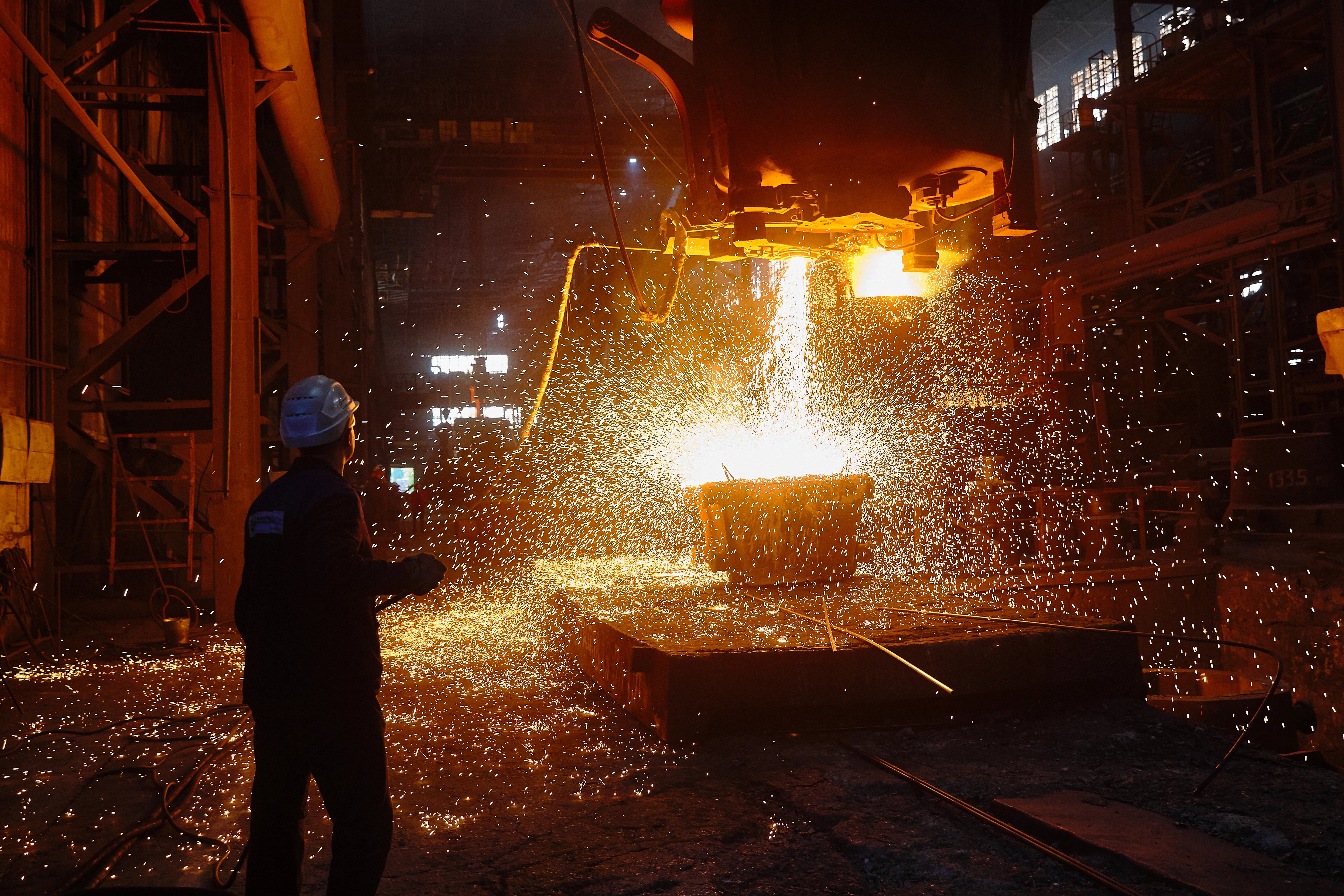The deadline for reciprocal tariffs to reset has come and gone, with no definite changes in actual US tariff policy. However, further deals which embed reciprocal tariffs – and potentially transshipment tariffs – are likely, and sectoral tariffs look set to extend to copper.
Most countries are still negotiating on reciprocal tariffs
July 9 was the deadline for reciprocal tariffs to reset to their “Liberation Day” levels, if countries had not signed trade deals with the US. So far, the US has signed only two trade agreements, with the UK (announced on 8 May) and Vietnam (announced on 2 July). A deal with Indonesia, featuring tariffs of 19%, appears close. For most other countries, the deadline has been extended, either explicitly or implicitly, to 1 August. No country has yet seen an increase in actual tariffs.
In our view, most countries are likely to eventually reach trade agreements which feature reciprocal tariffs of between 10–20%, in line with the trade deals agreed with the UK and Vietnam. Future deals with other Southeast Asian countries are likely to include transshipment tariffs similar to the 40% tariffs in the US-Vietnam agreement. Depending on the details, this will complicate relationships with China.
Sectoral tariffs are becoming an increasing risk
So far, the US administration has pursued two broad types of tariff – so-called “reciprocal tariffs”, which target most of the goods from a particular country, and “sectoral tariffs”, which target a particular type of good regardless of where it is being imported from. Section 232 tariffs have been imposed on automobiles and parts at 25% and steel and aluminium at 50% (after an increase in June). However, investigations have been launched into , semiconductors, consumer electronics, aerospace and lumber. In July, Trump strongly indicated that tariffs on copper would begin at the start of August, at a 50% rate.
Sectoral tariffs have the potential to do more damage to global trade, supply chains and ultimately consumers. Because they affect all trading partners, it is harder for their impact to be blunted by substitution or transshipment. They are also less likely to get negotiated away. Although numerous exemptions were granted to Section 232 under the Biden administration, this administration appears much more hawkish and keen to use Section 232 as an instrument. The US-UK trade deal did include tariff-free quotas for cars, steel and aluminium, but these have yet to be implemented, and there is no guarantee they will be mirrored for larger trading partners.
Tariff uncertainty means trade volatility
Whatever happens – if anything happens – on 1 August, the guessing game on tariffs will continue for some time. This means trade flows, and by extension industrial production, will continue to be volatile month on month, driven by front-running ahead of tariff deadlines. This makes it more difficult to understand the underlying trend in global manufacturing.
Whether they are reciprocal, sectoral or transshipment, tariffs continue to present a risk to the global economy. With revenues now coming in from existing tariffs, and the BBB tax-cutting bill set to worsen deficit projections further, higher tariffs will be tempting. However, the cost of tariffs is only just beginning feed through to US consumers. There were early signs in the latest CPI release, with prices of appliances, toys and fresh fruit and vegetables jumping. However, the full impact is likely to take time to come through given the extent of stockpiling that has taken place.
Subscribe to CRU’s timely and independent research to stay on top of events and get the key messages through the noise; more important than ever with such a complicated and volatile picture for global trade and supply chains.

















